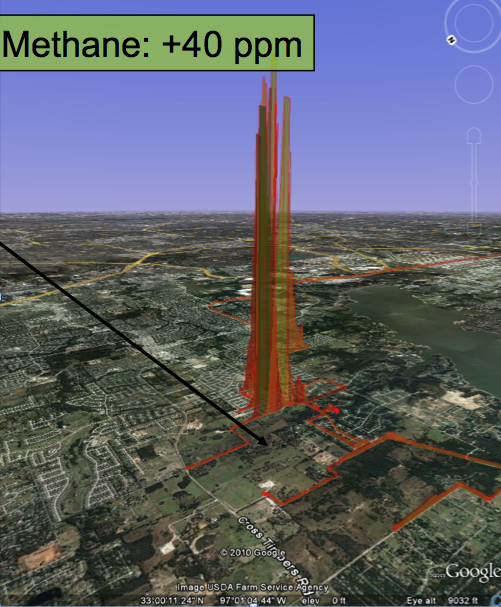MitchJi
10 MW
Hi,
From a movie on the dangers of Fracking. Check the video clip "Can you do this with your tap water" here:
http://www.gasland.us/

Press Release:
http://www.gasland.us/GASLANDPRESSRELEASE.pdf
More info:
http://www.democracynow.org/2010/2/23/congress_to_investigate_safety_of_natural
From a movie on the dangers of Fracking. Check the video clip "Can you do this with your tap water" here:
http://www.gasland.us/

When filmmaker Josh Fox discovers that Natural Gas drilling is coming to his areaâ€â€the Catskillls/Poconos region of Upstate New York and Pennsylvania, he sets off on a 24 state journey to uncover the deep consequences of the United States’ natural gas drilling boom. What he uncovers is truly shockingâ€â€water that can be lit on fire right out of the sink, chronically ill residents of drilling areas from disparate locations in the US all with the same mysterious symptoms, huge pools of toxic waste that kill cattle and vegetation well blowouts and huge gas explosions consistently covered up by state and federal regulatory agencies. These are just a few of the many absurd and astonishing revelations of a new country called GASLAND.
Press Release:
http://www.gasland.us/GASLANDPRESSRELEASE.pdf
More info:
http://www.democracynow.org/2010/2/23/congress_to_investigate_safety_of_natural
Congress to Investigate Safety of Natural Gas Drilling Practice Known as Hydraulic Fracturing
The top Democrats on the House Committee on Energy and Commerce have asked eight oil-field companies to disclose the chemicals they’ve used and the wells they’ve drilled in over the past four years. Last week, Waxman also revealed two of the largest gas drilling companies have pumped hundreds of thousands of gallons of diesel-based fluids into the ground in violation of a voluntary agreement with the Environmental Protection Agency.
Josh Fox, director of GasLand. Won Special Jury Prize for Documentary at the Sundance Film Festival. In GasLand, Josh Fox travels across the United States to meet people whose lives have been impacted by natural gas drilling.


